[full walk through video coming soon]
HACKING THE B20 FITNESS TRACKER'S nRF52832 ARM CORTEX MCU AND ACCESSING ADS1292 BIOIMPEDENCE DATA
Hacking the fitness tracker is very simple, all you have to do is solder wires to four (V+, GND, clock, data) big test pads on the PCB and connect it to an SWD programmer. The process of setting the device up for programming is explained in detail in one of my past projects and also the README for the project GitHub repository. I have provided a variant file for using Sandeep's Arduino Core which automatically sets up the SPI connection for the ADS1292 ECG chip. The impetus for doing this whole project was requests for help hacking nRF52 Fitness Trackers with ECG (like the B20) from visitors to my "Hacking Wearables For Mental Health and More" project.

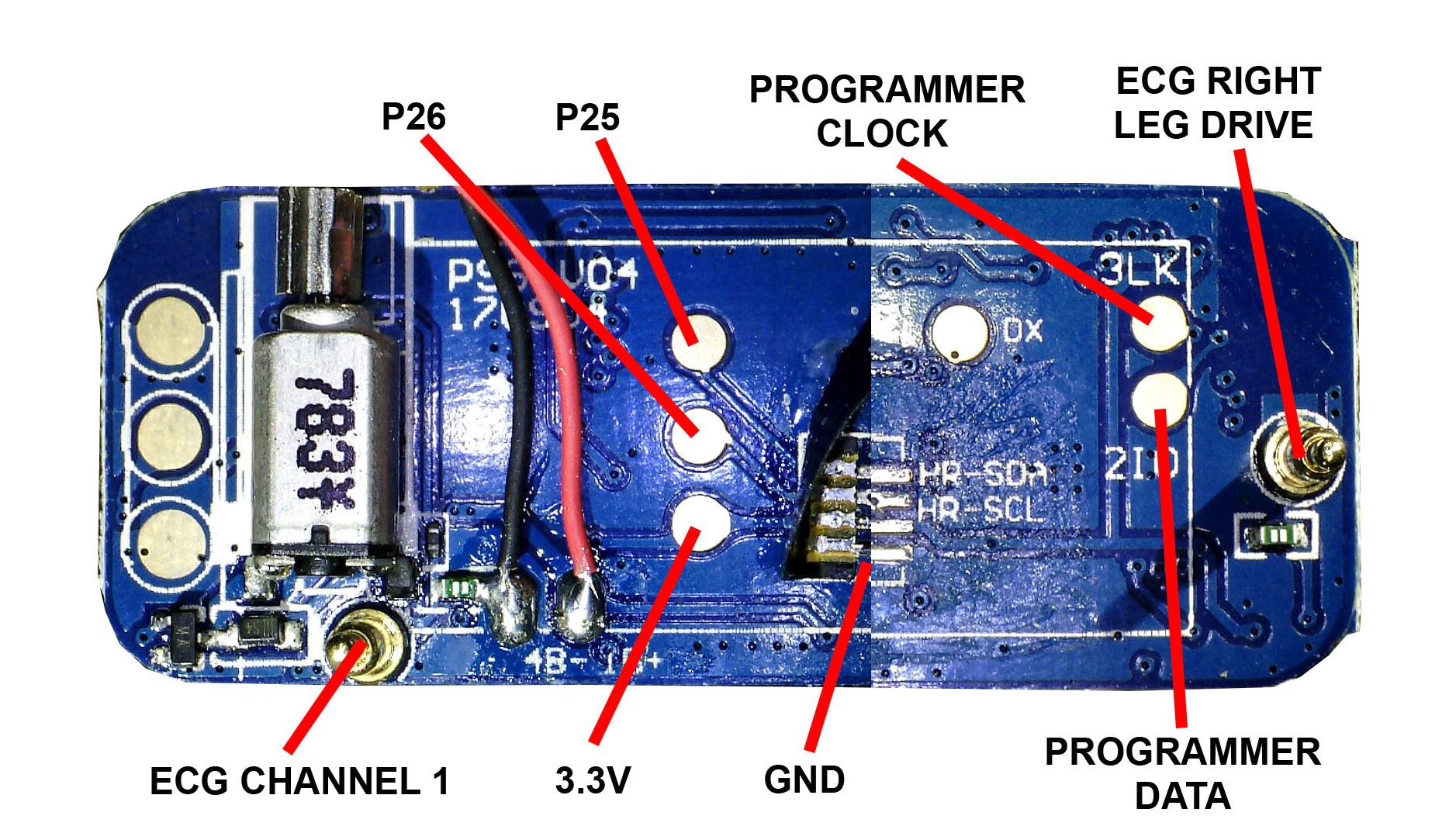
B20 ECG Fitness Tracker Disassembly & Programmer Wiring Video
The ADS1292 is part of a family of bioimpedence sensors from Texas Instruments built for a variety of applications including ECG, EMG and EEG. This series of chips includes the ADS1299 which has been used by OpenBCI, a well regarded open source EEG device platform. Although ADS1292 is designed for ECG, there is no particular reason it can't be used for playing with EEG or EMG. The amount of noise generated by the ADS1292 means picture perfect EEG wave visualizations are not on the menu, but differentiation between brain states (EEG) or muscle contractions (EMG) can be accomplished by applying even very messy data to a neural network.

I ran a workshop on hacking NeuroSky/Mattel EEG headsets at the 2018 NYC BrainHack hackathon. Mindlex is probably the most popular and well known (and old) straight up hardware hacking project in existence. Mindflex is human-computer interface hardware hacking 101. Isn't it ironic then that the core functionality of the Mindflex, the concentration/relaxation output actually used in the game, remains a black box? And that no one has bothered trying to replicate it in both form and function a la open source?
THE MISSION: Replicate the functionality of the NeuroSky module and Mindflex headset in open source style for less than the original Mindflex price (about $60).
CODE
The emphasis of this project is code, both on the firmware end of things with Arduino code for processing ADS1292 data and the live web interface with data visualization and machine learning. You can try out all the features of the live web interface right now using the test data. There are several existing ADS1292 Arduino based projects that pipe raw data over a serial/USB connection into a desktop application for analysis: Protocentral's ECG Processing desktop application (I provide code for using their software) and Bois083's EEG Lucid Dreaming Project which pipes data into BrainBay. Performance of the EEG glasses is a little better than NeuroSky's classic "Mind Flex" EEG headsets that have been a hacker favorite for years.
CODE FOR THE DEVICE
At a recent Hackathon (CMI's BrainHack) I lead a workshop on hacking the Mindflex toy EEG headset (NeuroSky EEG front end and processing unity). Neurosky provides intriguing "concentration" and "relaxation" values from its EEG module - essentially black box on-device brain state detection. So, I wanted to see if I could do the same thing myself with an ARM Cortex processor and the ADS1292 ECG front end. And I did! It took a lot of work, trial and error + magic numbers in my code. The essential components are FIR (Finite Impulse Response) filters which I use to isolate specific frequency bands (like EEG waves) and a standalone MLP (Multi Layer Perceptron) neural network which is trained on an external web application but...
Read more » Curt White
Curt White


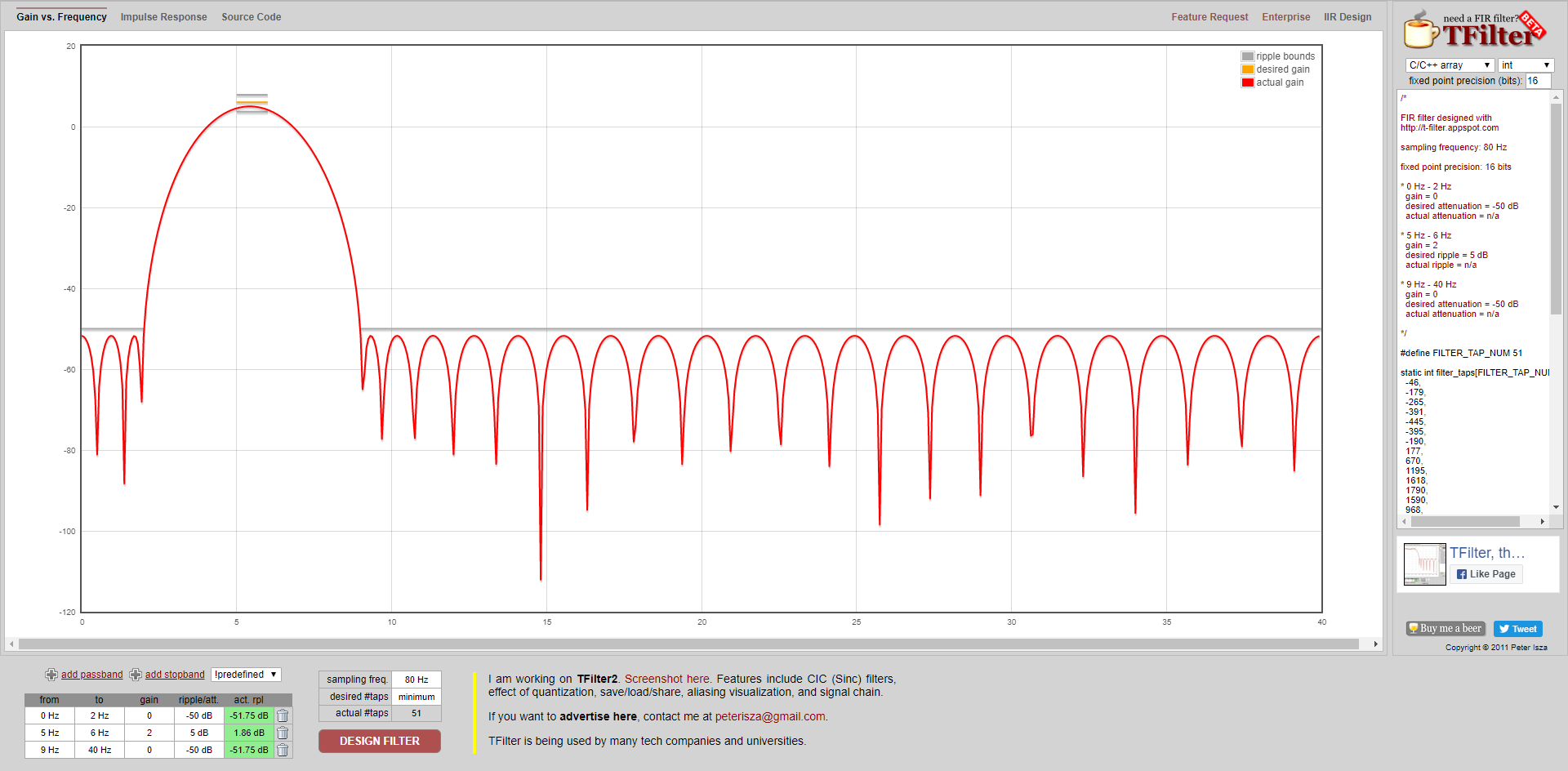
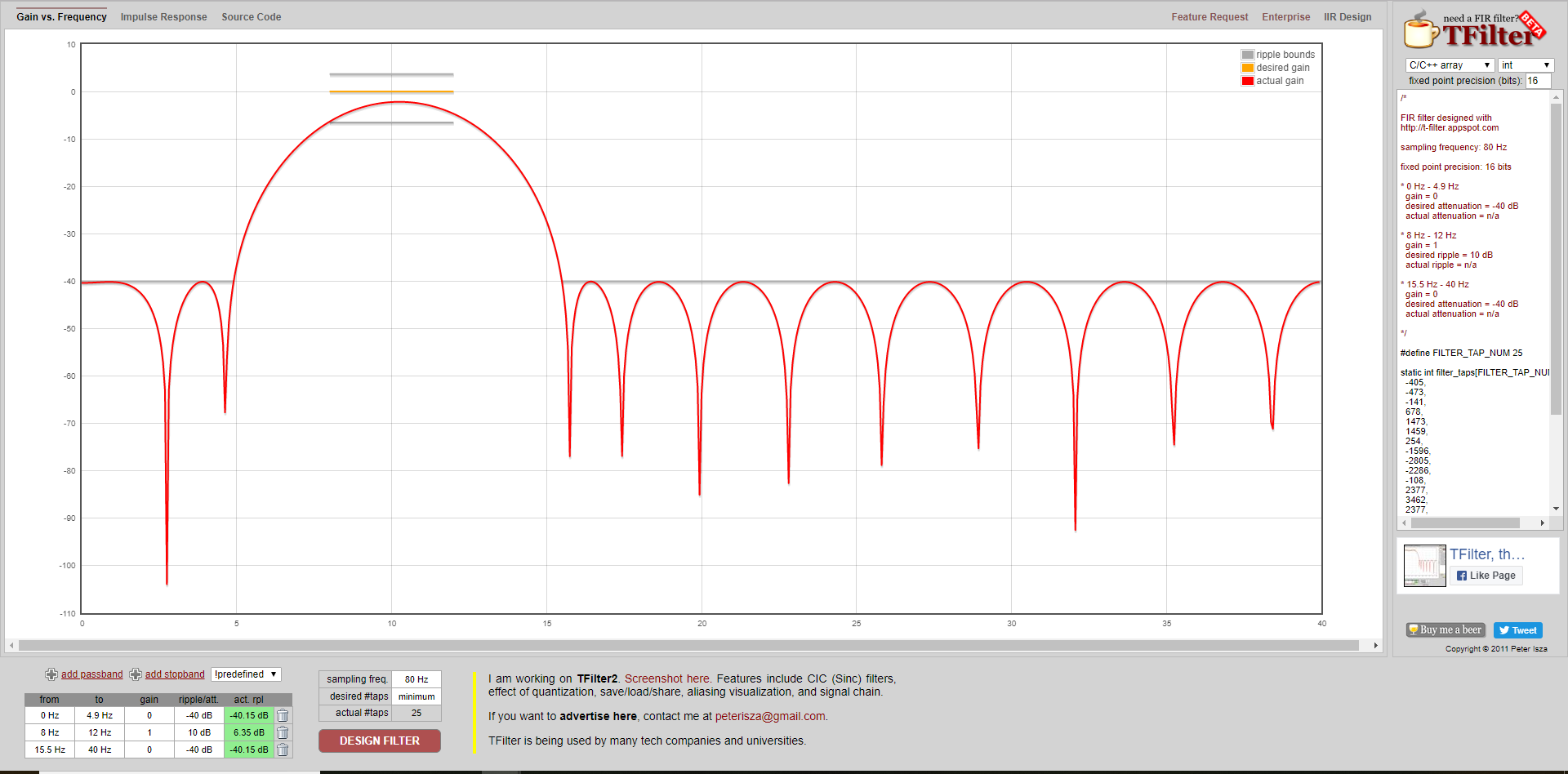


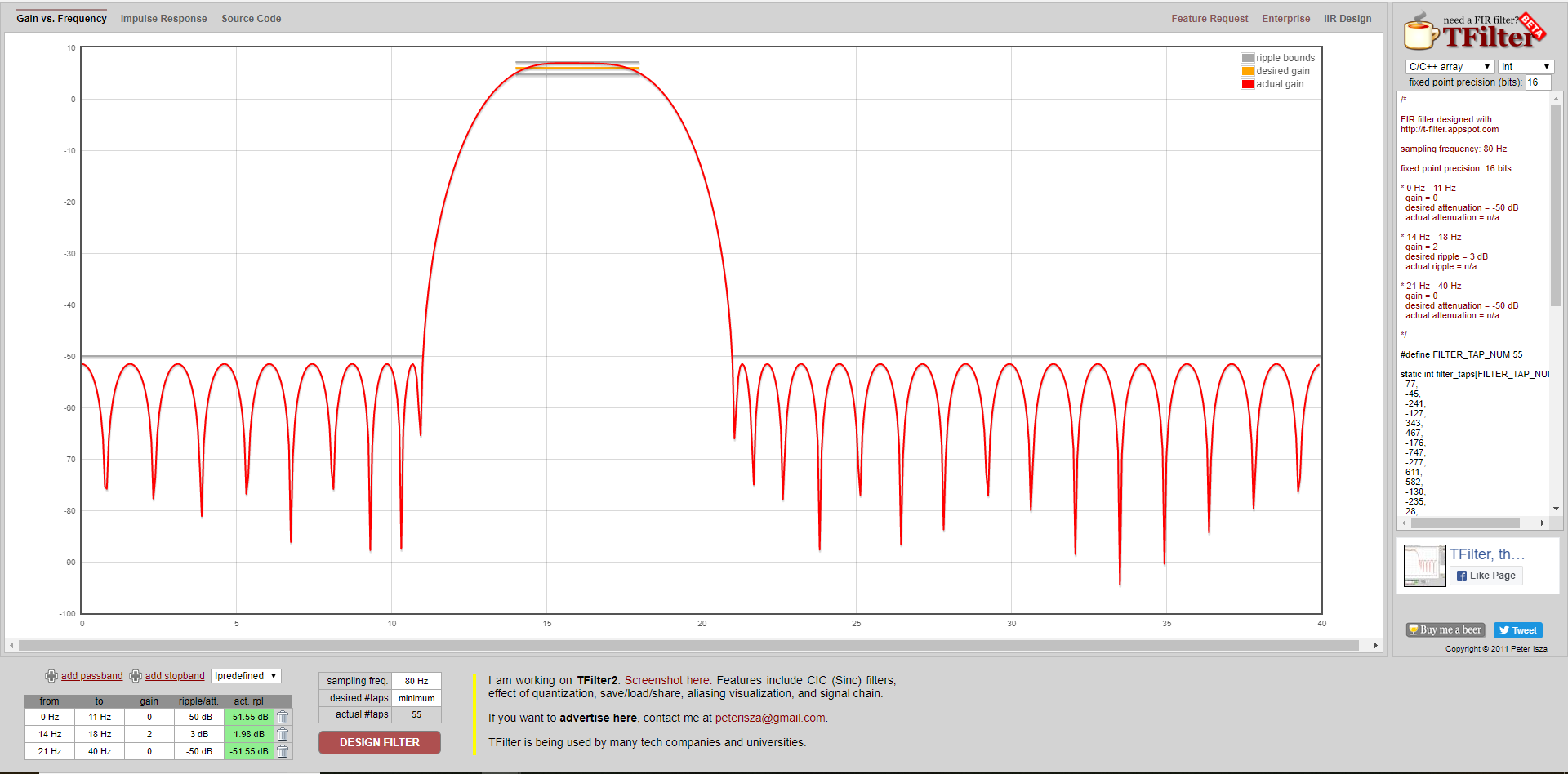










 ACROBOTIC Industries
ACROBOTIC Industries
 vcazan
vcazan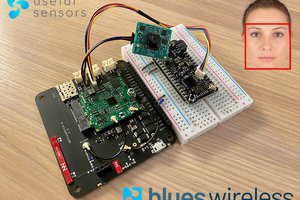
 Rob Lauer
Rob Lauer
 Kevin Lhoste
Kevin Lhoste
I am also working on thecoecollection project and this post is really helpful to me to explore new ideas thanks for sharing these details.